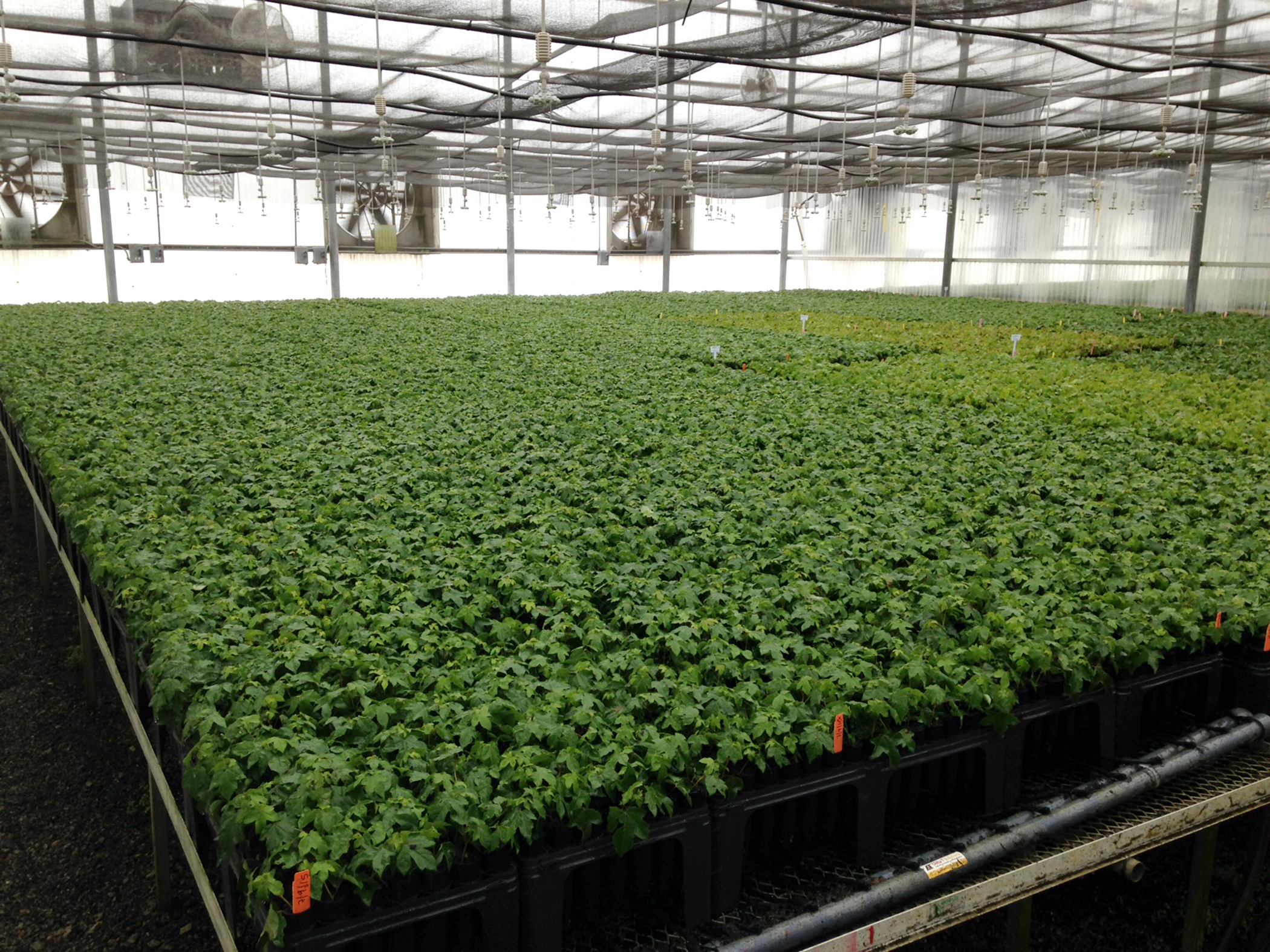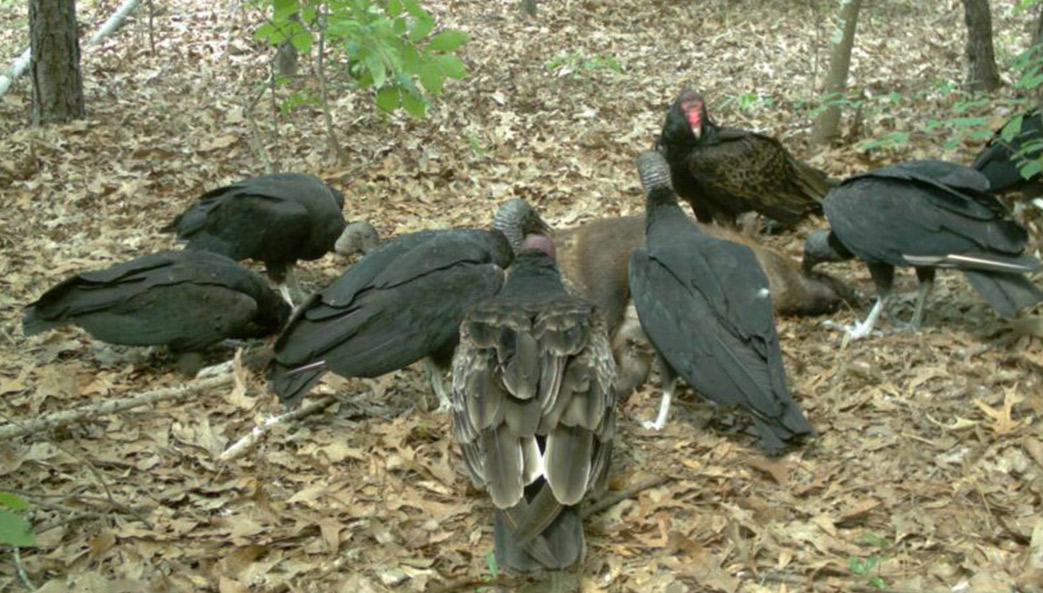Sweetgum trees thrive under diverse conditions, grow as fast as pine trees and provide the type of fiber needed for specialty papers—and they’ve long been desired by paper and bioenergy producers.
Unfortunately, harvesting mature sweetgums can often be too costly because they typically grow on the edges of swamps and in river bottoms, which are often inaccessible during the wet winter months.
But UGA researchers may have solved this problem. They’ve crossed American sweetgums with their Chinese cousins, creating hybrid sweetgum trees that have a better growth rate and denser wood than natives, and they can produce fiber year-round.
The hybrid sweetgum trees have enormous potential for the production of bioenergy and paper, said Scott Merkle, a professor in UGA’s Warnell School of Forestry and Natural Resources.
“The very best hybrid sweetgums are being propagated to produce elite varieties, so that landowners will be able to plant trees that produce more biomass in a shorter time than the top-rated native sweetgum trees,” he said.
The new hybrid varieties are already being sold commercially by ArborGen Inc., which began offering seedlings of the new varieties in 2015. This important step came after ArborGen’s extensive field testing, which showed that the hybrids outperform either of the parent species by 20 percent in both growth rate and wood density.
The new hybrid has been well accepted by forest landowners, particularly in the western areas of the Southeast, including Texas, Arkansas and Oklahoma. ArborGen officials say they produced 300,000 seedlings this year and sold out before the hybrid could even be marketed.





